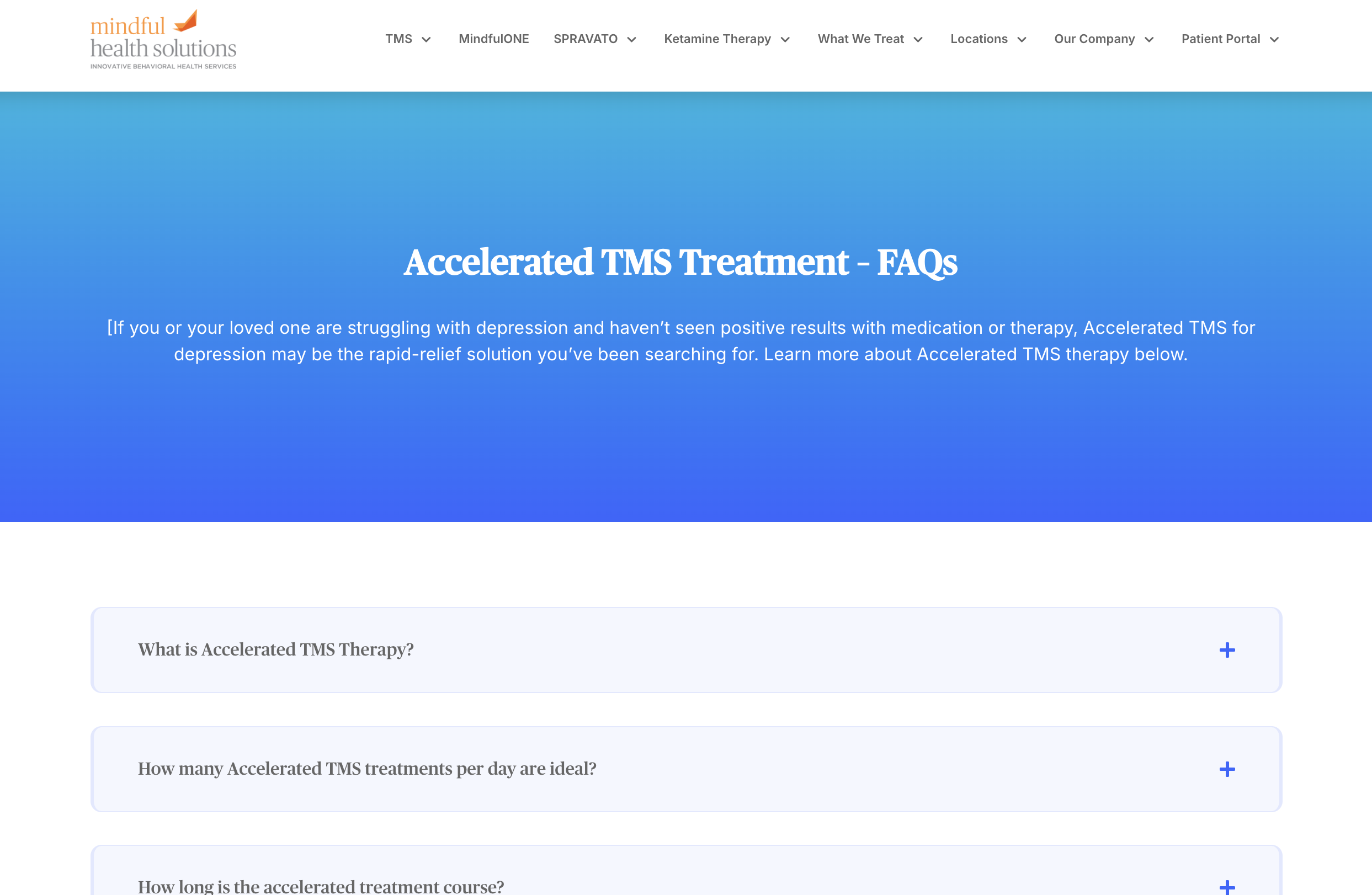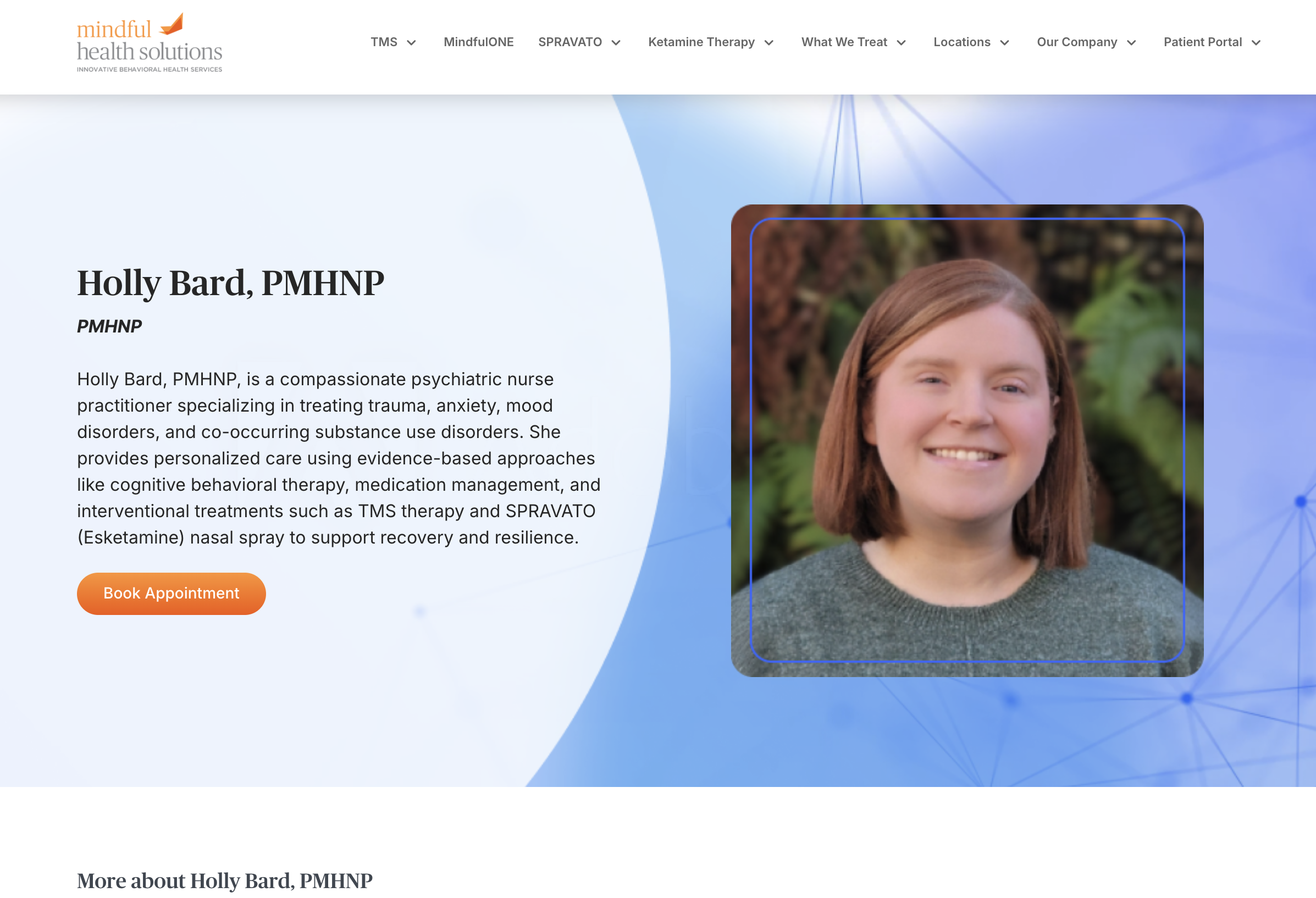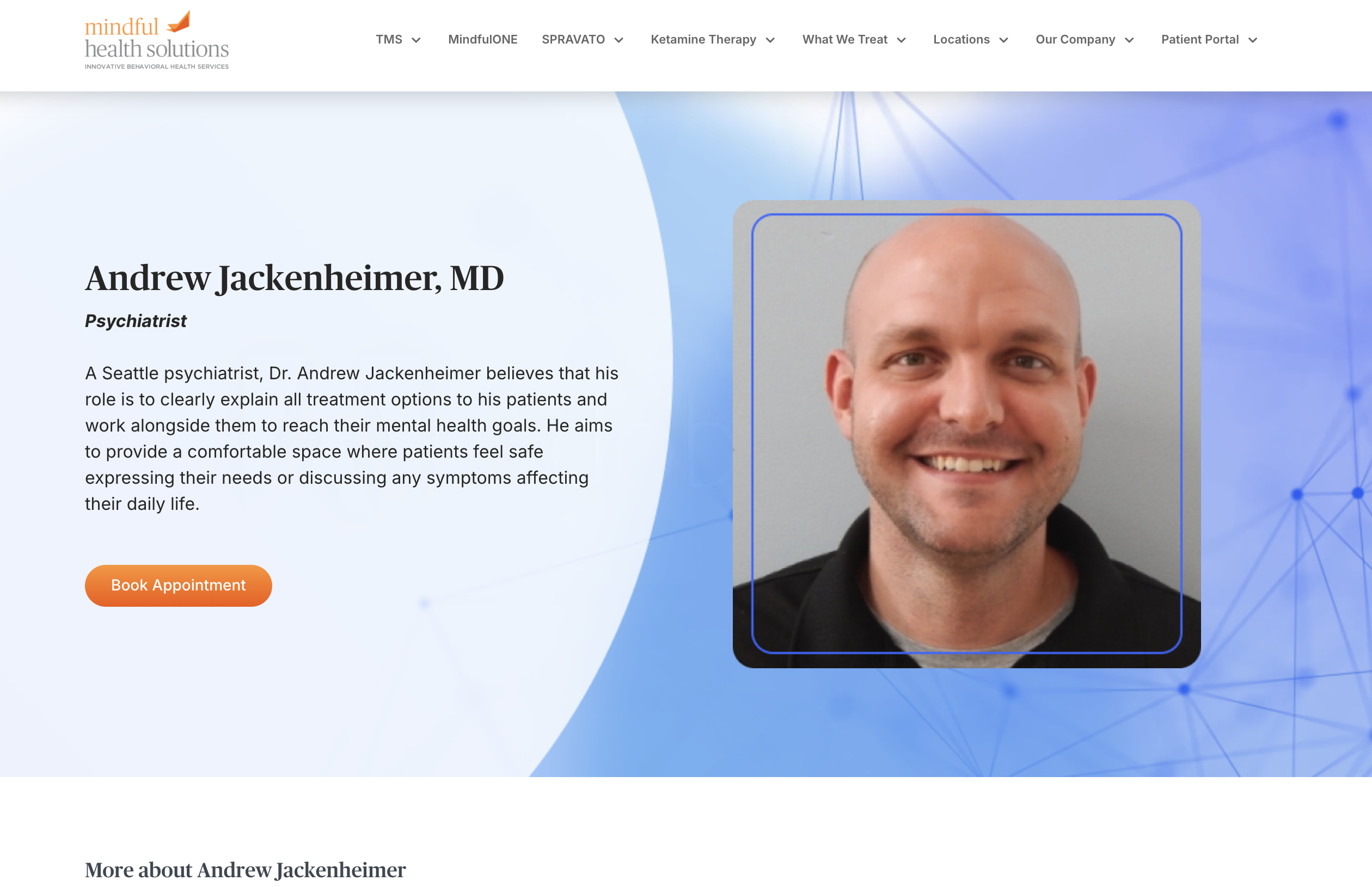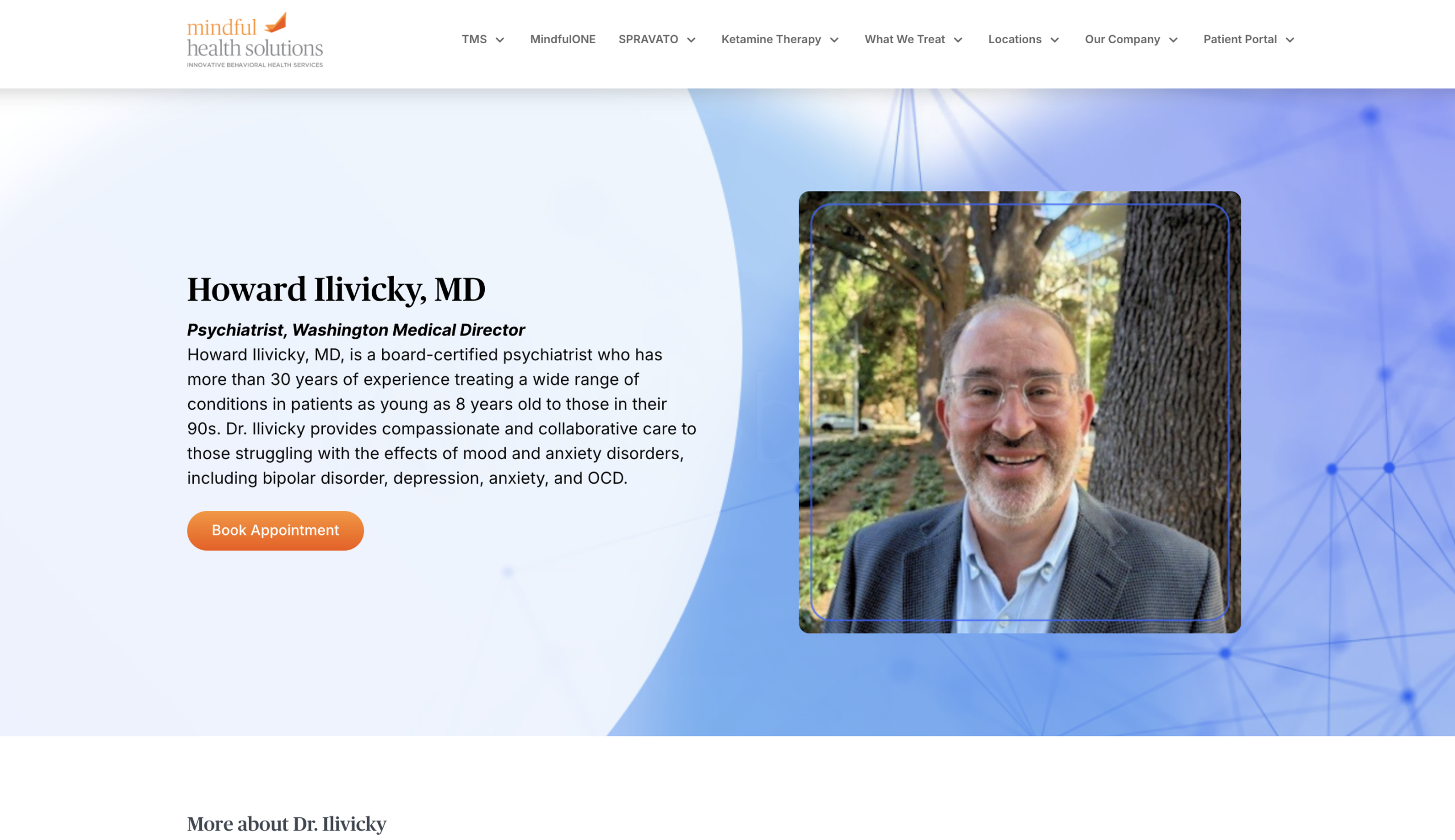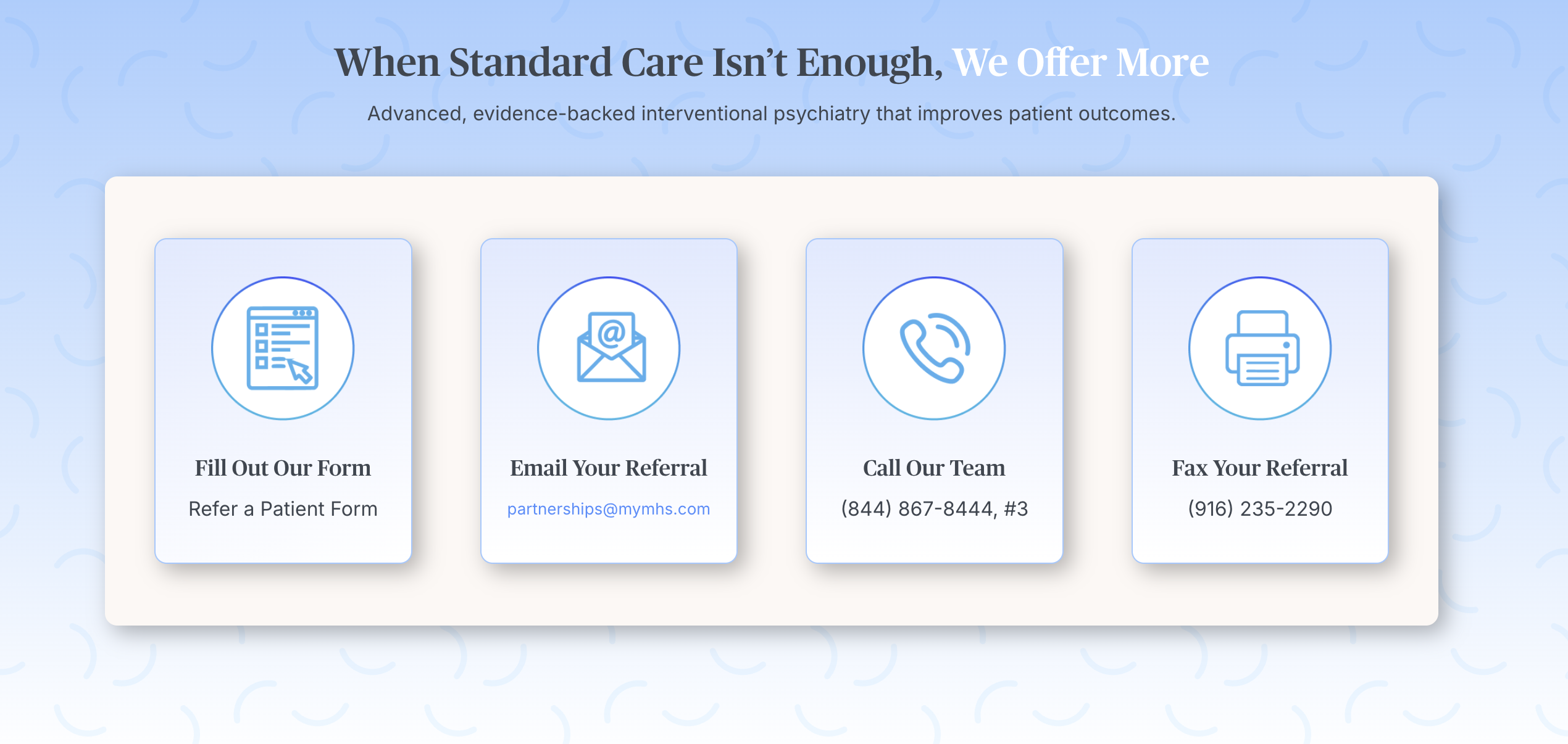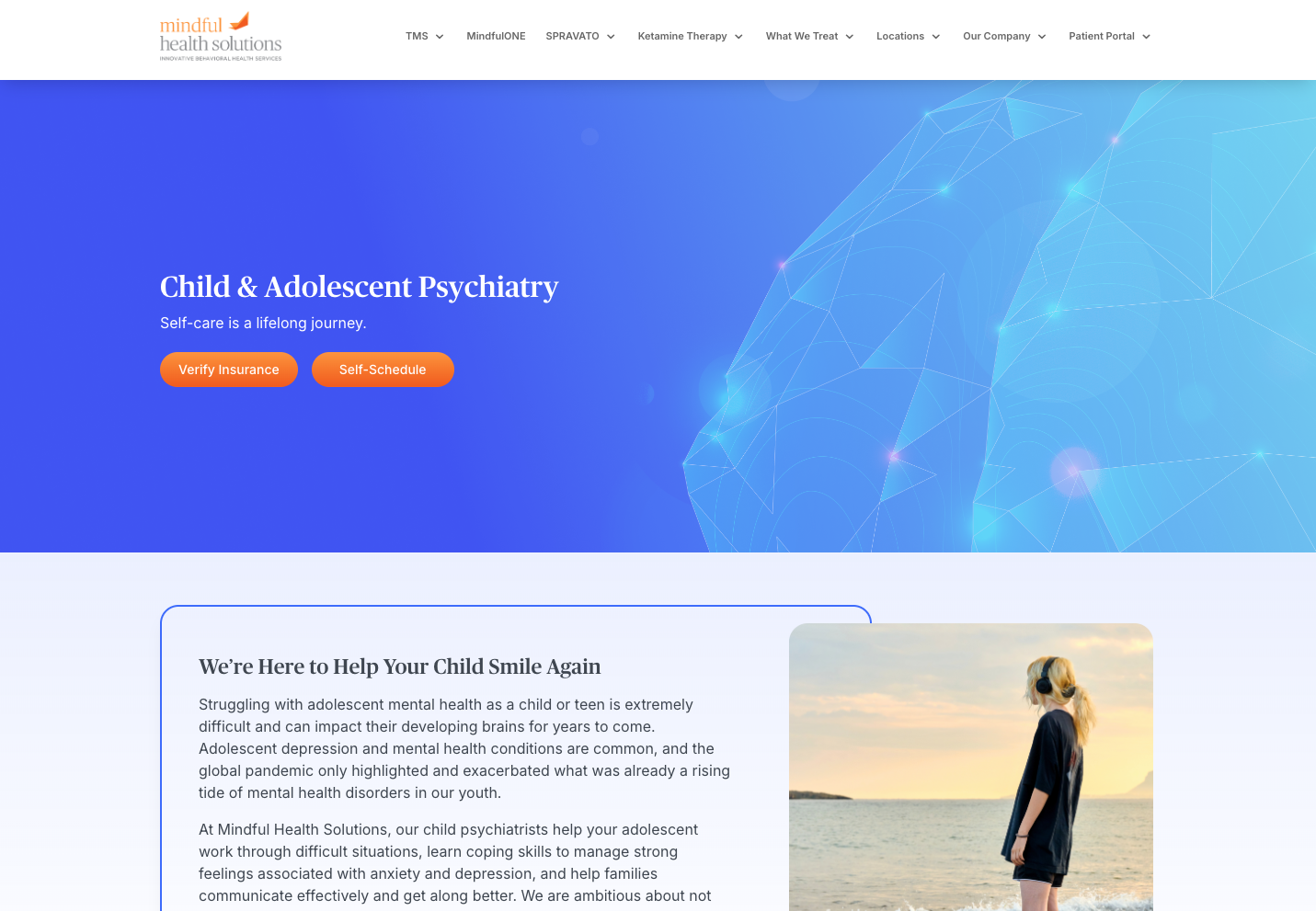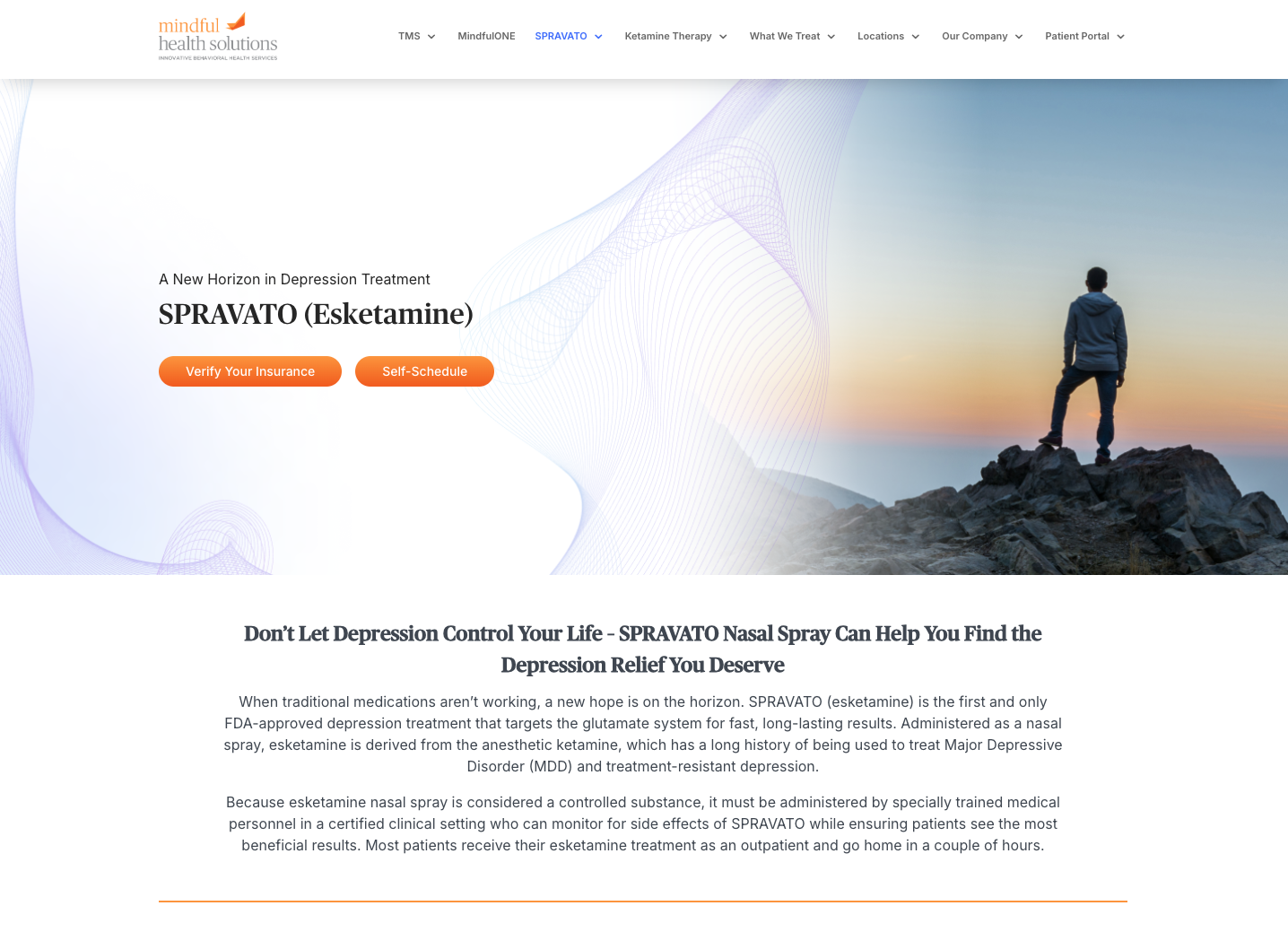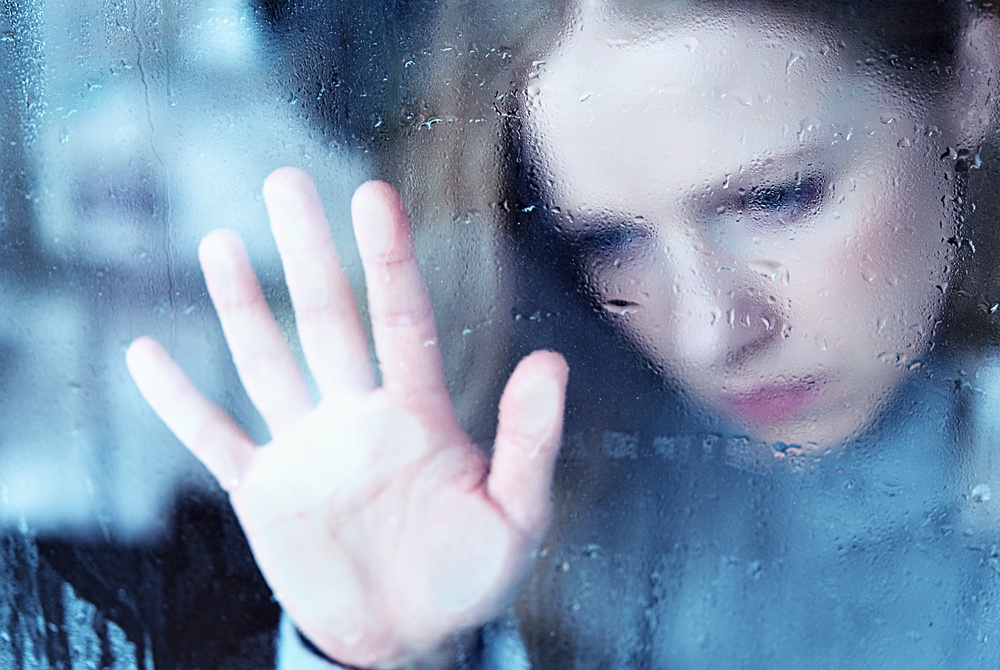by Stephanie Dodaro
In the spring of 2003, I was 27 and finally on a cocktail of antidepressants that stabilized my Major Depressive Disorder (MDD). For the first time in years, I felt like being social and maybe getting an application together for grad school,” recalled architect Paul K. “And then, that November, my depression seemed to return with a vengeance. On top of the usual symptoms, I was also sleeping a lot, extremely irritable, and gaining weight like crazy. I felt really terrible until early March when the symptoms finally eased up. I chalked it up to the holidays and having to deal with family. When the same symptoms returned in November 2004, I was at my wit’s end. I felt like I had survived a hurricane, only to end up getting struck by lightning, twice,” said Paul with a grin. “I’m smiling now, thankfully, but it was an awful time. A few weeks later, I got up the energy to make an appointment with my doctor, who eventually diagnosed me with Seasonal Affective Disorder (SAD).”
Every year, millions of Americans suffer from SAD, a subtype of MDD or Bipolar Disorder (BP) that’s brought on by a change in seasons. While MDD and BP are usually constant, SAD only lasts part of the year and begins and ends at the same times annually. SAD is commonly associated with winter months, though it can also occur in the spring and early summer.
The exact causes of SAD are unknown, though it’s thought that the change in seasons may affect the body’s balance of melatonin, a hormone that regulates sleep and mood. In addition, winter-onset SAD may be triggered by a decrease in sunlight, which then interrupts your body’s internal clock or causes a drop in the serotonin, one of the brain’s neurotransmitters that affects mood.
Both winter-onset and spring-onset SAD include MDD symptoms such as feelings of hopelessness or worthlessness, loss of interest in activities, fatigue, having difficulty concentrating, or even thoughts of death or suicide. However, each SAD subtype also has a distinct set of symptoms that are unique to the season.
Winter-onset SAD symptoms:
- Irritability
- Tiredness or low energy
- Problems getting along with other people
- Hypersensitivity to rejection
- Heavy, “leaden” feeling in the arms or legs
- Oversleeping
- Appetite changes, especially a craving for foods high in carbohydrates
- Weight gain
Sprint-onset SAD symptoms:
- Trouble sleeping (insomnia)
- Weight loss
- Poor appetite
- Agitation or anxiety
“I live in San Francisco, and although the city isn’t that cold, some neighborhoods can be pretty foggy and dismal,” said Paul. “Sometimes you don’t see the sun for weeks. When I was depressed, and the weather was especially dreary, I thought about the Ray Bradbury short story, “All Summer in a Day,” in which people are living on Venus where the sun only appears for an hour every seven years. That meant some young kids had never even seen the sun. I felt like I forgot what sun looked like, and, though this sounds dramatic, what warmth and happiness felt like. Again.”
“As part of my treatment, I got a light therapy box and sat under it for a few hours a day. That really helped alleviate my symptoms. We also adjusted my med cocktail to include an antidepressant that’s better at combating SAD. Also, my partner and I started going to Mexico for a week or so during the holidays. All that sun on my bones felt like heaven. It also showed me just how much my environment was contributing to my SAD.”
In addition to light therapy boxes and medication adjustments, psychotherapy and Cognitive Behavior Therapy (CBT) can help you identify behavior patterns that may contribute to depressive thought patterns and teach you new coping mechanisms.
When you feel well enough, lifestyle improvements like daily walks, supplements such as Omega-3s or melatonin, and regular socializing can support your recovery and help you maintain your health.
Are you at higher risk for SAD? Like Paul, if you have clinical depression or bipolar disorder and live in areas that don’t get much sunlight, there’s a greater chance that you’ll develop SAD. Those with family history of SAD or depression are also prone to the disease. Also, although men have more severe symptoms, they are diagnosed at a lower rate than women.
“When I received the diagnosis, it was a little hard to hear that I had yet another mood-related disorder,” said Paul. “Even my depression had depression. But, ultimately, I was glad there was treatment. I’d encourage anyone who’s been feeling the symptoms of depression or SAD to go visit their doctor. Even if it turns out that you don’t have depression, if you’ve been feeling down, it’s always good to talk to someone and see what therapeutic options are out there.”



